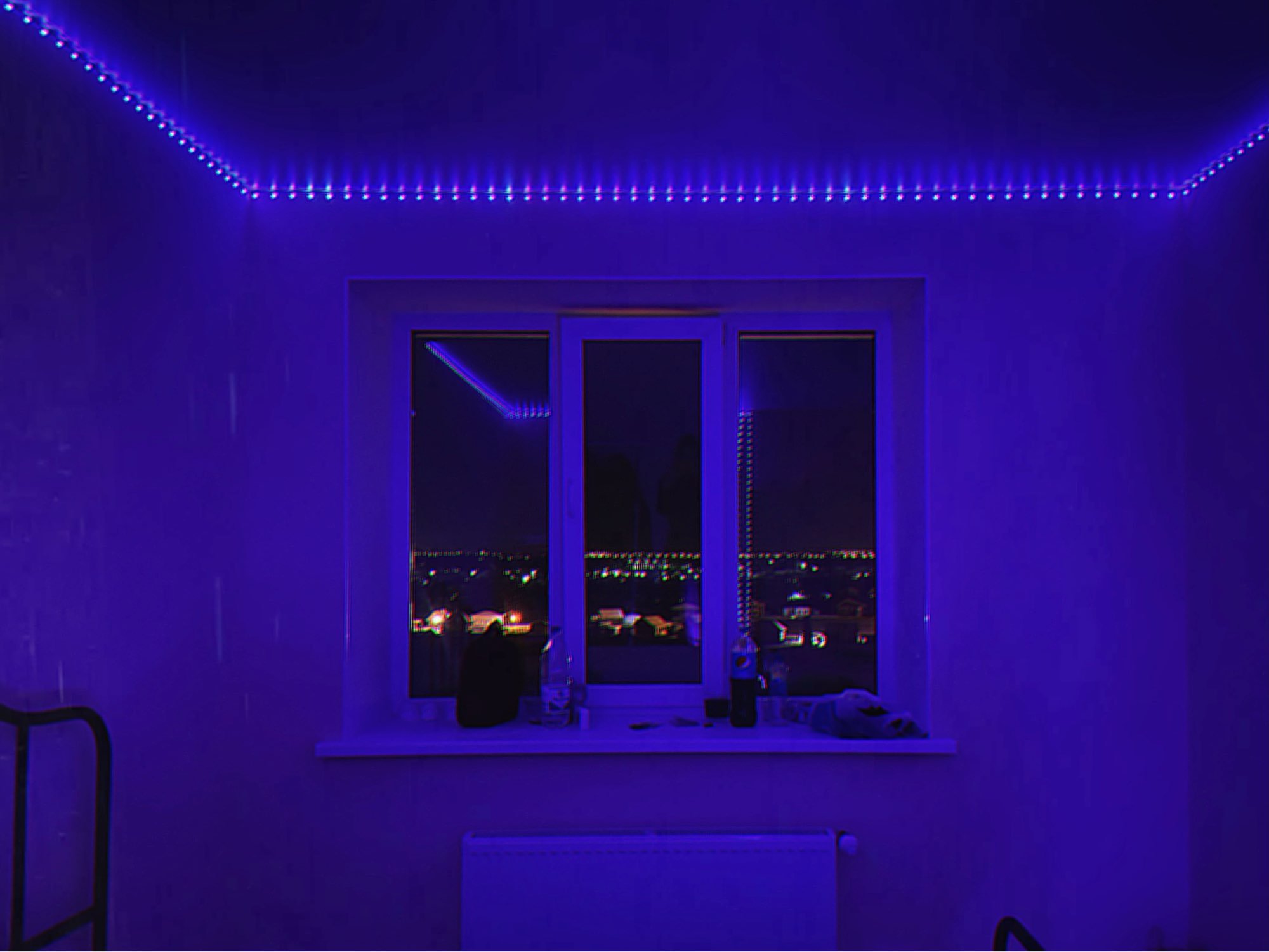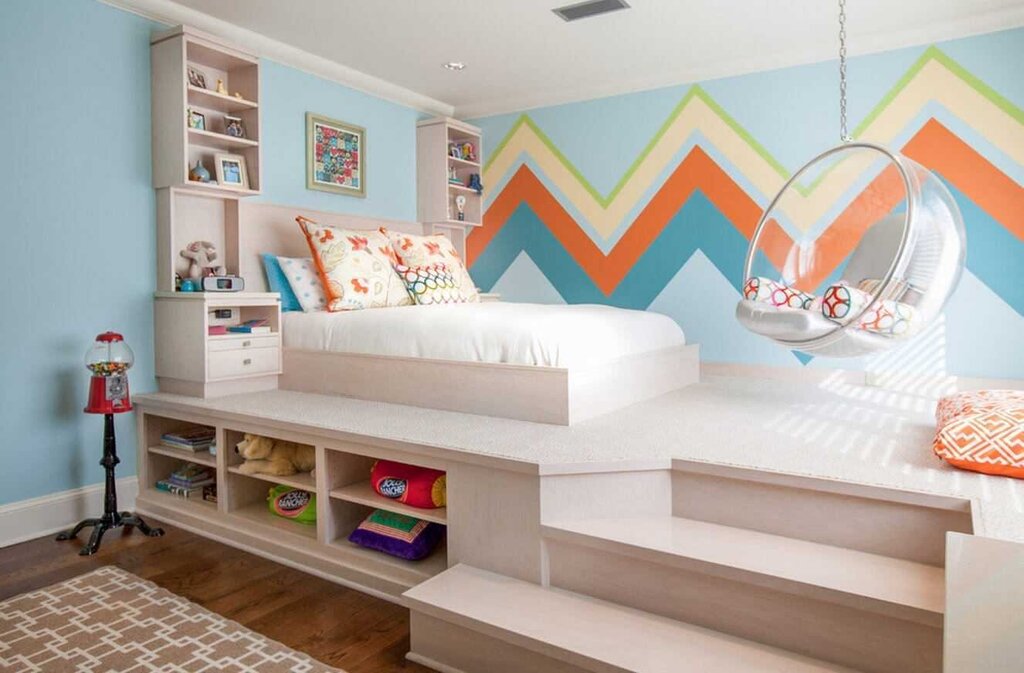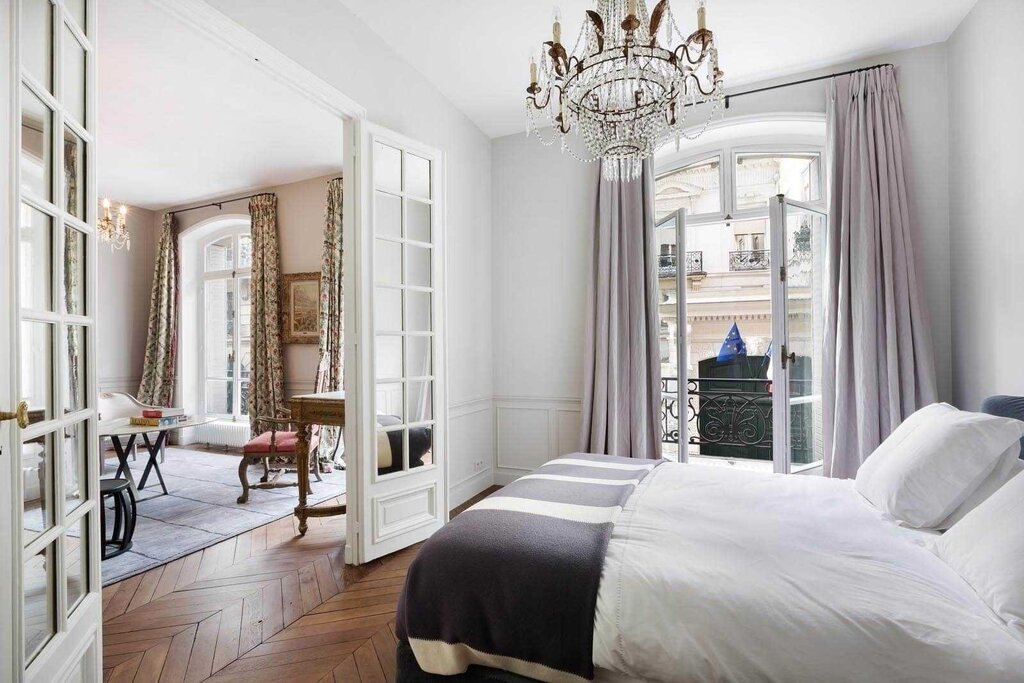Lighting in a dark room 31 photos
Lighting plays a crucial role in transforming a dark room into a welcoming and functional space. The key to effective lighting design lies in layering different types of lighting to achieve both ambiance and practicality. Begin with ambient lighting, which provides overall illumination and sets the tone of the room. This can be achieved through ceiling fixtures or recessed lighting. Next, incorporate task lighting to focus on specific areas where activities such as reading or cooking take place; think of desk lamps, under-cabinet lights, or pendant lights over kitchen islands. Accent lighting is equally important, as it highlights architectural features, artwork, or decorative elements, adding depth and dimension to the room. Consider using wall sconces, track lighting, or spotlights for this purpose. Color temperature also plays a vital role; warmer tones create a cozy atmosphere, while cooler tones are ideal for enhancing concentration and visibility. Finally, the strategic use of mirrors and reflective surfaces can amplify natural light, making the room feel brighter and more spacious. By thoughtfully combining these elements, you can effectively illuminate a dark room, enhancing both its functionality and aesthetic appeal.













































